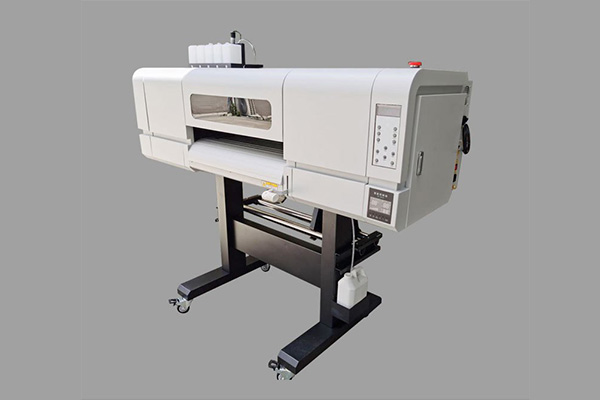In the fast-growing world of custom printing, Direct-to-Film (DTF) printers have become a game-changer for producing high-quality designs on apparel and other surfaces. Whether you’re starting a small printing business or looking to scale up, you’ll likely encounter two popular choices: A3 DTF printers and A4 DTF printers.
But what’s the difference between them, and which one is the right fit for your business? Let’s break it down.

What is a DTF Printer?
A DTF printer prints designs onto a special PET film, which is then coated with adhesive powder and heat-transferred onto fabrics such as cotton, polyester, blends, or even leather. Unlike traditional printing methods, DTF is versatile, durable, and works on both dark and light garments without pretreatment.
The difference between A3 and A4 DTF printers lies mainly in print size, speed, cost, and scalability.
A3 DTF Printer Overview
- Print Size: A3 printers can handle prints up to 11.7 x 16.5 inches (297 x 420 mm).
- Production Capacity: Suitable for medium to large production runs.
- Applications: Perfect for printing larger designs like full-front t-shirts, hoodies, tote bags, and bulk orders.
- Speed: Faster compared to A4 due to wider print width.
- Cost: Higher initial investment, but more cost-effective for businesses aiming to scale.
Best for: Printing shops, growing businesses, or entrepreneurs who frequently deal with bulk orders or need larger print formats.
A4 DTF Printer Overview
- Print Size: A4 printers can handle prints up to 8.3 x 11.7 inches (210 x 297 mm).
- Production Capacity: Ideal for small-scale printing or startup businesses.
- Applications: Works well for smaller designs like logos, labels, patches, kids’ apparel, or promotional items.
- Speed: Slower than A3 since the print area is smaller.
- Cost: Lower investment, making it budget-friendly for beginners.
Best for: Hobbyists, startups, or small businesses focusing on small designs or limited orders.
Key Differences Between A3 and A4 DTF Printers
| Feature | A3 DTF Printer | A4 DTF Printer |
|---|---|---|
| Print Size | 11.7 x 16.5 inches (larger prints) | 8.3 x 11.7 inches (smaller prints) |
| Speed | Faster, covers more area per pass | Slower due to smaller width |
| Cost | Higher initial investment | Budget-friendly, lower upfront cost |
| Production | Suited for medium to large-scale output | Ideal for small-scale or hobby printing |
| Application | T-shirts, hoodies, tote bags, bulk orders | Logos, patches, kids’ wear, small items |
Which One Should You Choose?
Your choice between an A3 and an A4 DTF printer depends on your business goals, budget, and production needs:
- Choose A4 if you’re just starting out, want a lower upfront cost, and mainly print small designs.
- Choose A3 if you’re ready to scale, need faster production, and plan to print larger designs or handle bulk orders.
Final Thoughts
Both A3 and A4 DTF printers have their advantages. If you’re a beginner testing the waters, an A4 printer offers affordability and simplicity. If you’re running or planning a growing printing business, an A3 printer is the smarter long-term investment.
No matter which option you choose, DTF printing technology gives you the flexibility to create vibrant, durable, and versatile designs that customers love.
FAQs
Yes, an A4 printer can print on t-shirts, but it is best for small designs such as logos, chest prints, or sleeve prints. For full-size t-shirt designs, an A3 printer is more suitable.
Yes. Both sizes use PET transfer film and DTF adhesive powder to transfer the design onto fabric. The process is the same; only the print size differs.
No, an A4 printer cannot be upgraded to A3 because the hardware is designed for A4 media only. If you want larger prints, you would need to purchase an A3 machine.